If you like Mexican food and consider it to be the most spicy cuisine of the world then you better watch out. The thing is that the most spicy food is being served in Asian countries. But there are few Asian countries that can consider themselves to be spice giants. Their cuisine is not only interesting with the spices but also with the ingredients used and the way the dishes are getting served.
1. Chinese cuisine
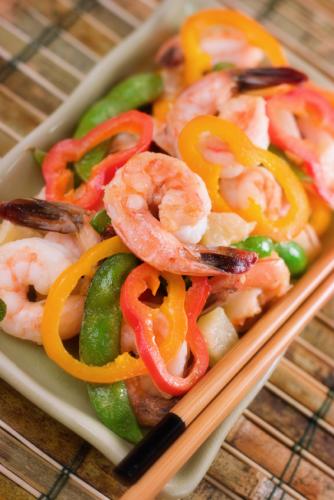
Chinese cuisine is originated from the various regions of China and has become widespread all around the world — from Asia to the America, Western Europe and Africa. Originally Chinese food varies from region to region enormously. If combined there are 8 food regions or Eight Great Traditions- Anhui, Cantonese, Fujian, Hunan, Jiangsu, Shandong, Sichuan, and Zhejiang. Due to the fact that the religious influence was great on Chinese cuisine there are also Buddhist and Muslim sub-cuisines within the greater Chinese cuisine respectively based on vegetarian and halal diets. The most interesting spice used in Chinese cuisine among a wide range is five-spice powder. It is a mixture of five spices used in Chinese cuisine. One of the best recipes to make it includes tunghing or “Chinese cinnamon”, powdered star anise and anise seed, powdered cassia buds, ginger roots, and ground cloves. Another recipe for the powder consists of huajiao (Sichuan pepper), bajiao (star anise), rougui (cassia), cloves, and fennel seeds. It is used in most recipes for Cantonese roasted duck, as well as beef stew. The variation of the spice depends not only on the region but also in the country where the spice is made as it also varies in different cultures. It is also considered to be an awesome additional sauce for the Vietnamese broiled chicken. It is believed that the spice formula is based on the Chinese philosophy of yin and yang balancing in the food. Though the popularity of the spice at the restaurants most of the time Chinese do not use it in their everyday cuisine.
2. Bangladeshi cuisine
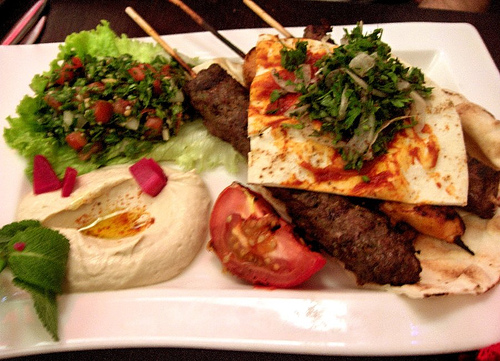
Just like Chinese cuisine Bangladeshi cuisine also has a wide variation range. But the main dishes that gather people around the same table might become rice and various kinds of lentil, locally known as dal (sometimes written as daal) & fish. Most of the time the country has a trouble for the land exploitation as most of the time it is under the water and that’s why fish is still considered to be the major source of protein in the Bangladeshi diet. Bangladeshi cuisine cannot be imagined without beef, as it’s the only must for the local feasts and ceremonies despite the fact that beef is prohibited among the Hindu minority. The most common and mostly used spices in Bangladeshi cuisine are garlic, ginger, coriander, cumin, turmeric and chili. In sweet dishes, cardamom and cinnamon are amongst the natural flavors and not a single cake baked without those spices. Bangladeshi cuisine is rich with rice, atta (a local type of whole wheat flour), and at least five dozen varieties of pulses. The list can include chana (Bengal gram), toor (pigeon pea or red gram), urad (black gram), and mung (green gram).
3. Indian cuisine
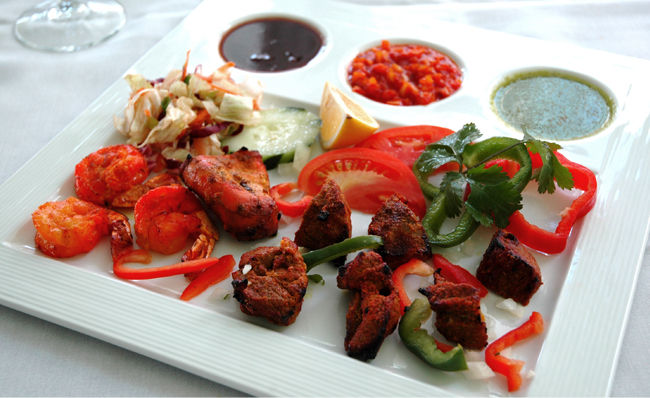
While talking about the Indian cuisine we should mention that the most part of their society is a vegetarian that’s why the number of spices, herbs and vegetables used in their everyday cooking is just huge. Indian cuisine can be characterized with a range of families which usually differ based on dishes and cooking techniques. This is due to the fact that is varies among both geographical and national differences. Indian cuisine might be called one of the cuisines which was greatly influenced by the beliefs and cultures of the country, although the European and mostly English colonial period was also influential for the country while adding the diversity and tastes. Despite the fact that the Indian cuisine is rather spicy it is also oily. Different kind of oils are getting used while the preparation of food in regions. The common ones are peanut oil on the North and West, mustard oil on the East, coconut oil and ginger oil on the South. Due to the globalization a variety of sunflower and soybean oils became rather popular among the population- the thing is that they are cheaper and easier to get. While talking about the frequently used spices in Indian cuisine , here can be added chili pepper, black mustard seed (rai), cumin (jeera), turmeric (haldi, manjal), fenugreek (methi), asafoetida (hing, perungayam), ginger (adrak, inji), coriander (dhania), and garlic (lassan, poondu). Popular spice mixes are Garam Masala which is usually a powder of five or more dried spices, commonly including cardamom, cinnamon, and clove. This is something common with Chinese five powder mix. Sweet dishes here are accompanied with cardamom, saffron, nutmeg, and rose petal essences.
4. Pakistani Cuisine
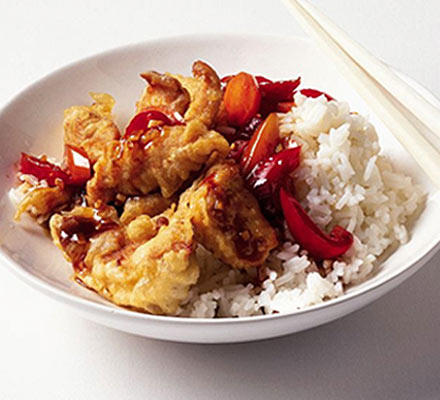
Though to some of the people Pakistani cuisine might seem rather a duplicate of South Asian cuisine but it is worth to know that it has richer flavor and more spices. The main course of the meal is served with naan, white bread or rice. In contrast to the European tradition here salad is generally served together with the main course rather than before it. Meat here plays a more dominant role in food, compared to other Southern Asian countries due to the fact of the religion. If compared in statistics according to a 2003 report, an average Pakistani consumed three times more meat than an average Indian. Of all kind of meats, the most popular are beef, goat, lamb and chicken. Pork is not that popular as being a forbidden for Muslim population. Seafood in general is not used in large amounts, though it still remains a popular food for those who stay close to the shores. The dessert is accompanied with fresh fruit and various tasty sweet dishes. Aromatic spices are a very popular blend of spices used in many Pakistani dishes. In fact, Pakistani dishes are pretty much known for having aromatic and sometimes spicy flavors. Brown cardamom, Green cardamom, cinnamon, cloves, nutmeg, mace and black pepper are the main spices to add the flavor for the wide variety of dishes throughout Pakistan. Cumin seeds, caraway and bay leaves are also very popular.
5. Afghani Cuisine
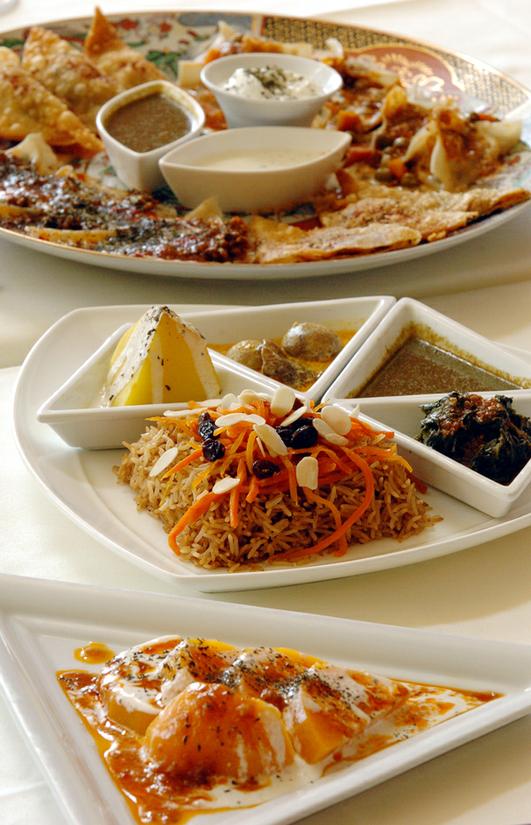
Afghanistan can be named as one of the countries that have rather differing kinds of crops that are even popular outside the country. Afghan cuisine is largely based upon the nation’s chief crops: cereals like wheat, maize, barley and rice. The serve as addition to the main staples of such dairy products as yogurt, whey, various nuts, native vegetables, and fresh or dried fruits. The grapes are signature fruits of the country. Here you’ll be able to find the influenced elements of the neighbor countries of Iran, Tajikistan, Uzbekistan and Turkmenistan. Fresh yogurt, cilantro, garlic, onions, scallions, tomatoes, potatoes, and fruit are widely available in all parts of Afghanistan and are considered to become the main ingredients for the food preparation. Rural areas can be characterized with a diet of fresh or dried fruit. Afghanistan is popular with its production of high quality fruits, notably grapes, pomegranates, apricots, berries, and plums. These fruits have traditionally been Afghanistan’s main food exports to the rest of the world. Dried nuts and seeds, such as walnuts, pistachios, almonds, and pine nuts are both very popular and plentiful in Afghanistan and this is something to be perfect for the Afghans as they are rather expensive abroad. Herbs and spices used in Afghan cuisine include mint, saffron, coriander, cilantro, cardamom, and black pepper. Lamb and chicken are the types of meat well adjusted to the population. Afghan cuisine emphasizes well-balanced tastes.


How do neither Thai nor Vietnamese make the list?
There are so many different cuisines in the world which are not a part of the broader cuisine groups but they are delicious nonetheless.